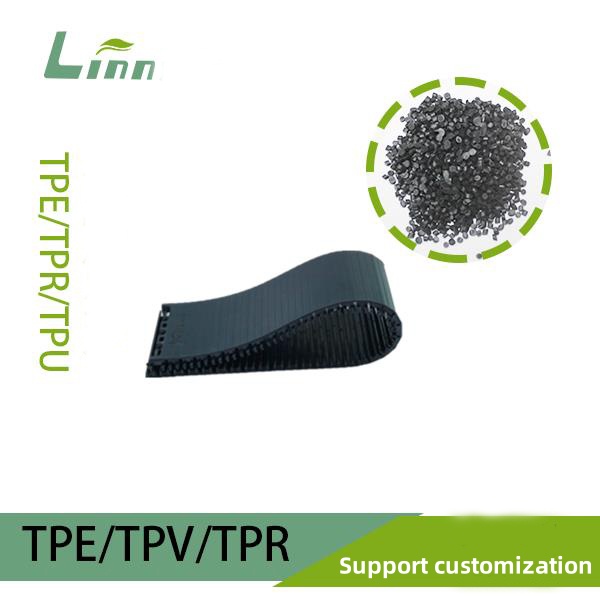In the vast and fascinating world of polymers, thermoplastic elastomers (TPEs) stand out as a unique and versatile class of materials. Combining the elasticity of rubber with the processability of plastics, TPEs have found applications in a wide range of industries, from automotive to consumer goods. As someone who has been deeply immersed in the TPE industry for years, working with various formulations and witnessing firsthand the intricacies of their molecular structures, I’m excited to delve into a topic that often piques the curiosity of both newcomers and seasoned professionals alike: the different chemical environments of hydrogens in TPEs.
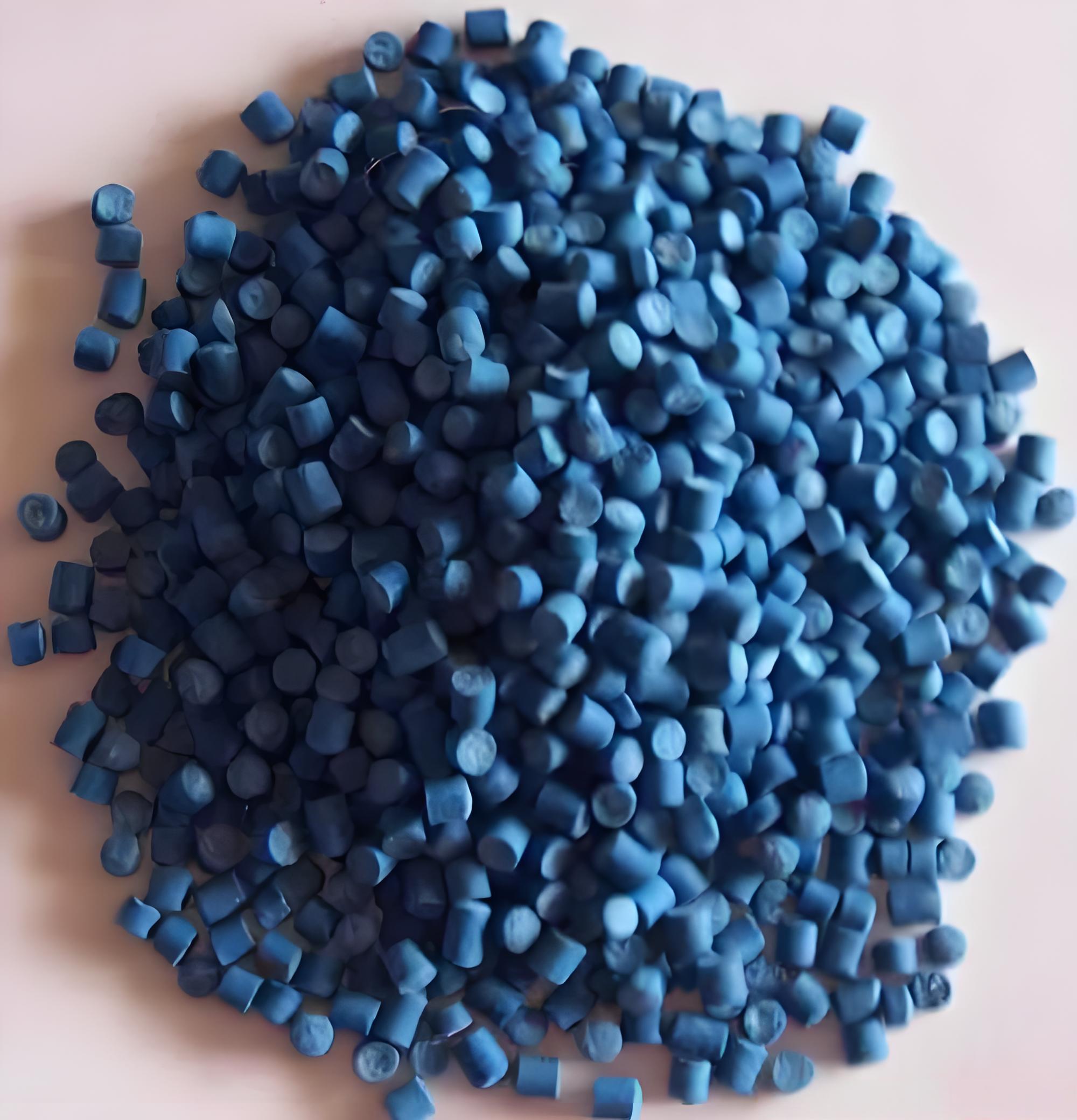
Understanding TPEs and Their Molecular Structure
Before we can explore the different chemical environments of hydrogens in TPEs, it’s essential to have a basic understanding of what TPEs are and how their molecular structures are constructed. TPEs are block copolymers, meaning they consist of two or more distinct polymer blocks that are chemically linked together. These blocks can be either hard or soft, and their arrangement and properties determine the overall characteristics of the TPE.
The hard blocks in TPEs are typically crystalline or semi-crystalline and provide the material with strength, rigidity, and heat resistance. They act as physical cross-links, holding the soft blocks together and preventing the material from flowing at room temperature. The soft blocks, on the other hand, are amorphous and contribute to the flexibility, elasticity, and low-temperature performance of the TPE. They allow the material to stretch and deform under stress and then return to its original shape when the stress is removed.
The Role of Hydrogens in TPEs
Hydrogens are an integral part of the molecular structure of TPEs. They are attached to the carbon atoms in the polymer backbone and side chains, and their chemical environments can vary depending on the local molecular structure and the interactions with neighboring atoms. The chemical environment of a hydrogen atom refers to the specific arrangement of atoms and functional groups around it, which influences its reactivity, bonding properties, and spectroscopic behavior.
In TPEs, the different chemical environments of hydrogens can arise from several factors, including the type of polymer blocks, the presence of functional groups, the degree of branching or cross-linking, and the interactions with other molecules or additives. Understanding these different chemical environments is crucial for several reasons. It can help us predict the material’s properties, such as its melting point, glass transition temperature, and solubility. It can also provide insights into the material’s reactivity and compatibility with other substances, which is important for processing and formulation.
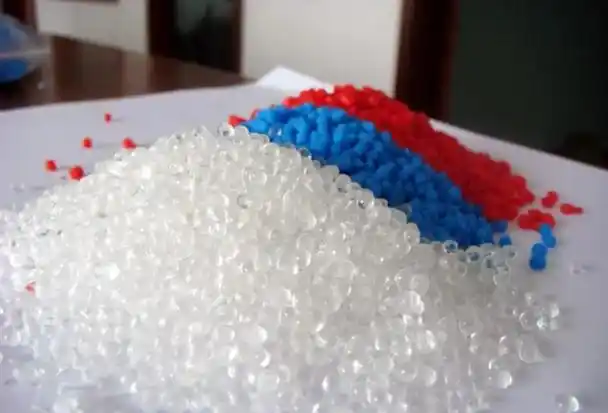
Types of Hydrogens with Different Chemical Environments in TPEs
Now, let’s take a closer look at the different types of hydrogens with distinct chemical environments that can be found in TPEs. While the exact number and types of hydrogens can vary depending on the specific TPE formulation, we can identify some common patterns and categories.
1. Hydrogens in the Hard Blocks
The hard blocks in TPEs are usually composed of polymers such as styrene, polyester, or polyamide. In these blocks, the hydrogens are primarily attached to the aromatic rings or the aliphatic carbon chains.
Aromatic Hydrogens: In styrene-based TPEs, for example, the aromatic hydrogens are located on the benzene rings of the styrene units. These hydrogens have a unique chemical environment due to the delocalization of electrons in the aromatic system. They are relatively stable and less reactive compared to aliphatic hydrogens. The presence of aromatic hydrogens can also influence the material’s optical properties, such as its transparency and color.
Aliphatic Hydrogens: The aliphatic hydrogens in the hard blocks are attached to the carbon atoms in the main chain or side chains of the polymer. Their chemical environment can vary depending on the degree of substitution and the presence of neighboring functional groups. For instance, in polyester-based TPEs, the aliphatic hydrogens near the ester groups may have a slightly different chemical environment compared to those further away due to the electron-withdrawing effect of the carbonyl group.
2. Hydrogens in the Soft Blocks
The soft blocks in TPEs are typically made up of polymers such as butadiene, isoprene, or ethylene-butylene. These blocks contain a higher proportion of unsaturated bonds, which can lead to more diverse chemical environments for the hydrogens.
Vinyl Hydrogens: In butadiene or isoprene-based soft blocks, there are vinyl hydrogens attached to the carbon atoms that are part of the double bonds. These hydrogens are highly reactive and can participate in various chemical reactions, such as addition polymerization, cross-linking, or degradation. The presence of vinyl hydrogens can also affect the material’s thermal stability and aging behavior.
Allylic Hydrogens: Allylic hydrogens are located on the carbon atoms adjacent to the double bonds in the soft blocks. They have a unique chemical environment due to the resonance stabilization of the allylic radical. Allylic hydrogens are also relatively reactive and can be involved in reactions such as oxidation or hydrogenation.
Saturated Aliphatic Hydrogens: Apart from the vinyl and allylic hydrogens, the soft blocks also contain saturated aliphatic hydrogens attached to the carbon atoms in the main chain or side chains. These hydrogens have a more stable chemical environment compared to the unsaturated ones and contribute to the flexibility and elasticity of the TPE.
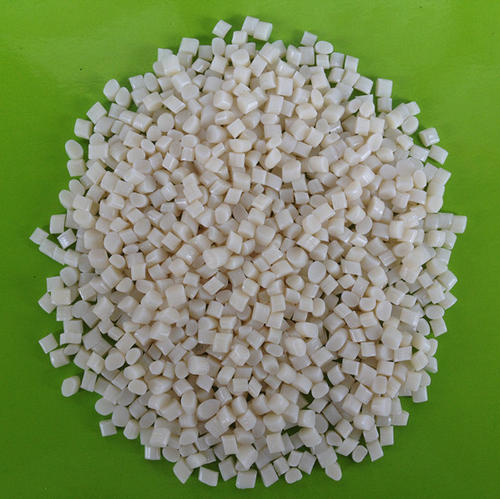
3. Hydrogens at the Block Interfaces
In TPEs, the interfaces between the hard and soft blocks are regions where the molecular structure and chemical environment can be particularly complex. The hydrogens at these interfaces may experience interactions with both the hard and soft blocks, leading to unique chemical environments.
Interfacial Hydrogens: These hydrogens are located at the boundary between the hard and soft blocks. They may be influenced by the polarity differences between the two blocks, as well as the presence of any interfacial agents or compatibilizers. The chemical environment of interfacial hydrogens can affect the adhesion and compatibility between the hard and soft blocks, which in turn influences the mechanical properties of the TPE.
4. Hydrogens in Functionalized TPEs
In some cases, TPEs may be functionalized with various groups to enhance their properties or introduce new functionalities. These functional groups can create additional chemical environments for the hydrogens.
Hydrogens in Functional Groups: For example, if a TPE is functionalized with hydroxyl, carboxyl, or amino groups, the hydrogens attached to these groups will have a distinct chemical environment. These hydrogens can participate in hydrogen bonding, ionic interactions, or other chemical reactions, which can affect the material’s solubility, adhesion, or reactivity.
Methods for Identifying and Characterizing Different Hydrogen Environments
To identify and characterize the different types of hydrogens with distinct chemical environments in TPEs, several analytical techniques can be employed. These techniques provide valuable information about the molecular structure, composition, and dynamics of the TPEs.
1. Nuclear Magnetic Resonance (NMR) Spectroscopy
NMR spectroscopy is a powerful tool for studying the chemical environment of hydrogens in polymers. It can provide detailed information about the number, type, and chemical shift of the hydrogens in a sample. By analyzing the NMR spectra, we can distinguish between hydrogens in different chemical environments, such as aromatic, aliphatic, vinyl, or allylic hydrogens. Additionally, NMR can also be used to study the dynamics of the polymer chains, such as the mobility of the hydrogens and the interactions between different blocks.

2. Infrared (IR) Spectroscopy
IR spectroscopy is another useful technique for characterizing the functional groups and chemical bonds in TPEs. It can detect the presence of specific functional groups, such as carbonyl, hydroxyl, or double bonds, by measuring the absorption of infrared radiation at characteristic frequencies. While IR spectroscopy does not provide direct information about the chemical environment of hydrogens, it can complement NMR data by confirming the presence of certain functional groups that may influence the hydrogen environments.
3. Differential Scanning Calorimetry (DSC)
DSC is a thermal analysis technique that measures the heat flow associated with phase transitions, such as melting, crystallization, or glass transition, in a sample. By analyzing the DSC curves, we can gain insights into the thermal behavior of the TPE and the interactions between the hard and soft blocks. The presence of different hydrogen environments can affect the thermal properties of the TPE, such as its melting point or glass transition temperature, and DSC can help us understand these relationships.
4. Size Exclusion Chromatography (SEC)
SEC, also known as gel permeation chromatography (GPC), is a technique used to determine the molecular weight distribution of polymers. It can provide information about the average molecular weight, polydispersity, and the presence of any high or low molecular weight species in the TPE sample. While SEC does not directly measure the chemical environment of hydrogens, it can be used in conjunction with other techniques to understand the relationship between molecular structure and hydrogen environments.
Table: Summary of Different Hydrogen Environments in TPEs
To summarize the different types of hydrogens with distinct chemical environments in TPEs, here’s a table:
| Hydrogen Type | Location in TPE | Chemical Environment Characteristics |
|---|---|---|
| Aromatic Hydrogens | Hard blocks (e.g., styrene units) | Attached to benzene rings, influenced by delocalized electrons, relatively stable |
| Aliphatic Hydrogens in Hard Blocks | Hard blocks (main chain or side chains) | Attached to aliphatic carbon atoms, chemical environment varies with substitution and neighboring groups |
| Vinyl Hydrogens | Soft blocks (e.g., butadiene or isoprene units) | Attached to carbon atoms in double bonds, highly reactive |
| Allylic Hydrogens | Soft blocks (adjacent to double bonds) | Located on carbon atoms adjacent to double bonds, resonance-stabilized, relatively reactive |
| Saturated Aliphatic Hydrogens in Soft Blocks | Soft blocks (main chain or side chains) | Attached to saturated aliphatic carbon atoms, contribute to flexibility and elasticity |
| Interfacial Hydrogens | Interfaces between hard and soft blocks | Influenced by polarity differences and interfacial interactions, affect adhesion and compatibility |
| Hydrogens in Functional Groups | Functionalized TPEs | Attached to functional groups (e.g., hydroxyl, carboxyl, amino), participate in specific interactions or reactions |
Practical Implications of Understanding Hydrogen Environments in TPEs
Understanding the different chemical environments of hydrogens in TPEs has several practical implications for the TPE industry.
1. Material Design and Formulation
By knowing the different hydrogen environments in TPEs, material scientists and engineers can design and formulate TPEs with specific properties. For example, they can adjust the ratio of hard to soft blocks, introduce functional groups, or use compatibilizers to optimize the chemical environment of the hydrogens and achieve the desired balance of mechanical, thermal, and chemical properties.
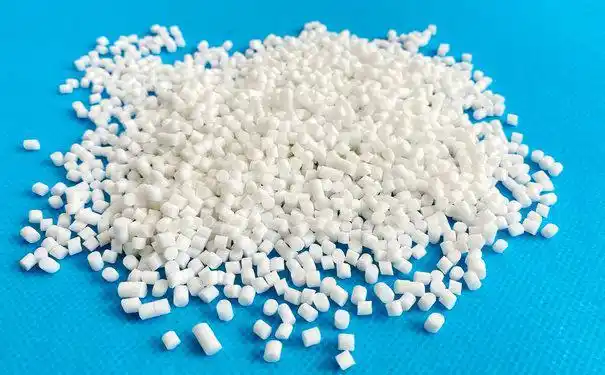
2. Processing and Manufacturing
The chemical environment of hydrogens can also affect the processing and manufacturing of TPEs. For instance, the reactivity of vinyl or allylic hydrogens may require specific processing conditions, such as the use of inhibitors or stabilizers, to prevent premature cross-linking or degradation. Additionally, the solubility and compatibility of TPEs with other materials can be influenced by the hydrogen environments, which is important for processes such as blending, coating, or extrusion.
3. Performance and Durability
The different hydrogen environments in TPEs can impact their performance and durability in various applications. For example, the presence of unsaturated hydrogens may make the TPE more susceptible to oxidation or UV degradation, which can affect its long-term stability. By understanding these factors, manufacturers can take appropriate measures, such as adding antioxidants or UV stabilizers, to improve the durability of the TPE.
4. Recycling and Sustainability
In recent years, there has been a growing focus on the recycling and sustainability of polymers. Understanding the chemical environment of hydrogens in TPEs can help in the development of recycling strategies. For example, if the TPE contains functional groups that can be easily modified or degraded, it may be more amenable to chemical recycling processes. Additionally, by designing TPEs with specific hydrogen environments, it may be possible to improve their compatibility with other polymers in recycling streams, facilitating the production of high-quality recycled materials.
Conclusion
In conclusion, the study of the different chemical environments of hydrogens in TPEs is a fascinating and important aspect of polymer science. It provides valuable insights into the molecular structure, properties, and behavior of TPEs, which are crucial for material design, formulation, processing, and performance. By understanding the various types of hydrogens with distinct chemical environments, such as aromatic, aliphatic, vinyl, allylic, and interfacial hydrogens, we can better tailor TPEs to meet the specific requirements of different applications.
As the TPE industry continues to evolve and face new challenges, such as the demand for more sustainable and high-performance materials, the knowledge of hydrogen environments will play an increasingly vital role. It will enable us to develop innovative TPE formulations, optimize processing conditions, and improve the overall quality and durability of TPE products. So, the next time you encounter a TPE material, remember that behind its seemingly simple appearance lies a complex molecular world filled with diverse hydrogen environments, each contributing to its unique properties and capabilities.

Related Questions
Q1: How does the chemical environment of hydrogens affect the mechanical properties of TPEs?
A1: The chemical environment of hydrogens in TPEs can significantly influence their mechanical properties. For example, the presence of unsaturated hydrogens in the soft blocks can increase the flexibility and elasticity of the TPE, allowing it to stretch and deform under stress. On the other hand, the aromatic hydrogens in the hard blocks can provide strength and rigidity, contributing to the TPE’s load-bearing capacity. Additionally, the interactions between hydrogens in different chemical environments, such as hydrogen bonding or van der Waals forces, can also affect the mechanical properties, such as the tensile strength, elongation at break, and modulus of the TPE.
Q2: Can the chemical environment of hydrogens in TPEs be modified?
A2: Yes, the chemical environment of hydrogens in TPEs can be modified through various methods. One common approach is to functionalize the TPE with specific groups that can alter the chemical environment of the hydrogens. For example, introducing hydroxyl or carboxyl groups can create new hydrogen-bonding interactions, affecting the material’s solubility, adhesion, or reactivity. Another method is to change the composition or structure of the TPE, such as adjusting the ratio of hard to soft blocks or using different monomers, which can lead to changes in the hydrogen environments and, consequently, the material’s properties.
Q3: How do different analytical techniques complement each other in studying hydrogen environments in TPEs?
A3: Different analytical techniques provide complementary information about the hydrogen environments in TPEs. NMR spectroscopy is particularly useful for identifying and characterizing the different types of hydrogens based on their chemical shifts and coupling patterns. IR spectroscopy can confirm the presence of specific functional groups that may influence the hydrogen environments. DSC can provide insights into the thermal behavior of the TPE, which is related to the interactions between the hydrogen environments and the polymer chains. SEC can determine the molecular weight distribution of the TPE, which can also be affected by the hydrogen environments. By combining these techniques, we can obtain a more comprehensive understanding of the molecular structure and hydrogen environments in TPEs.
Q4: Are there any challenges in studying the chemical environment of hydrogens in TPEs?
A4: Yes, there are several challenges in studying the chemical environment of hydrogens in TPEs. One challenge is the complexity of the TPE molecular structure, which can make it difficult to distinguish between different hydrogen environments. Additionally, the presence of multiple blocks and functional groups can lead to overlapping signals in NMR or IR spectra, complicating the analysis. Another challenge is the dynamic nature of the polymer chains, which can affect the chemical environment of the hydrogens over time or under different conditions. To overcome these challenges, advanced analytical techniques, careful sample preparation, and data interpretation are required.
Q5: How does the understanding of hydrogen environments in TPEs contribute to the development of new TPE materials?
A5: The understanding of hydrogen environments in TPEs is crucial for the development of new TPE materials. By knowing how different hydrogen environments affect the material’s properties, we can design TPEs with specific combinations of hard and soft blocks, functional groups, or interfacial agents to achieve the desired balance of properties. For example, we can develop TPEs with improved flexibility, heat resistance, or chemical compatibility by optimizing the hydrogen environments. Additionally, the knowledge of hydrogen environments can also guide the selection of processing conditions and the development of recycling strategies, contributing to the sustainability of the TPE industry.

